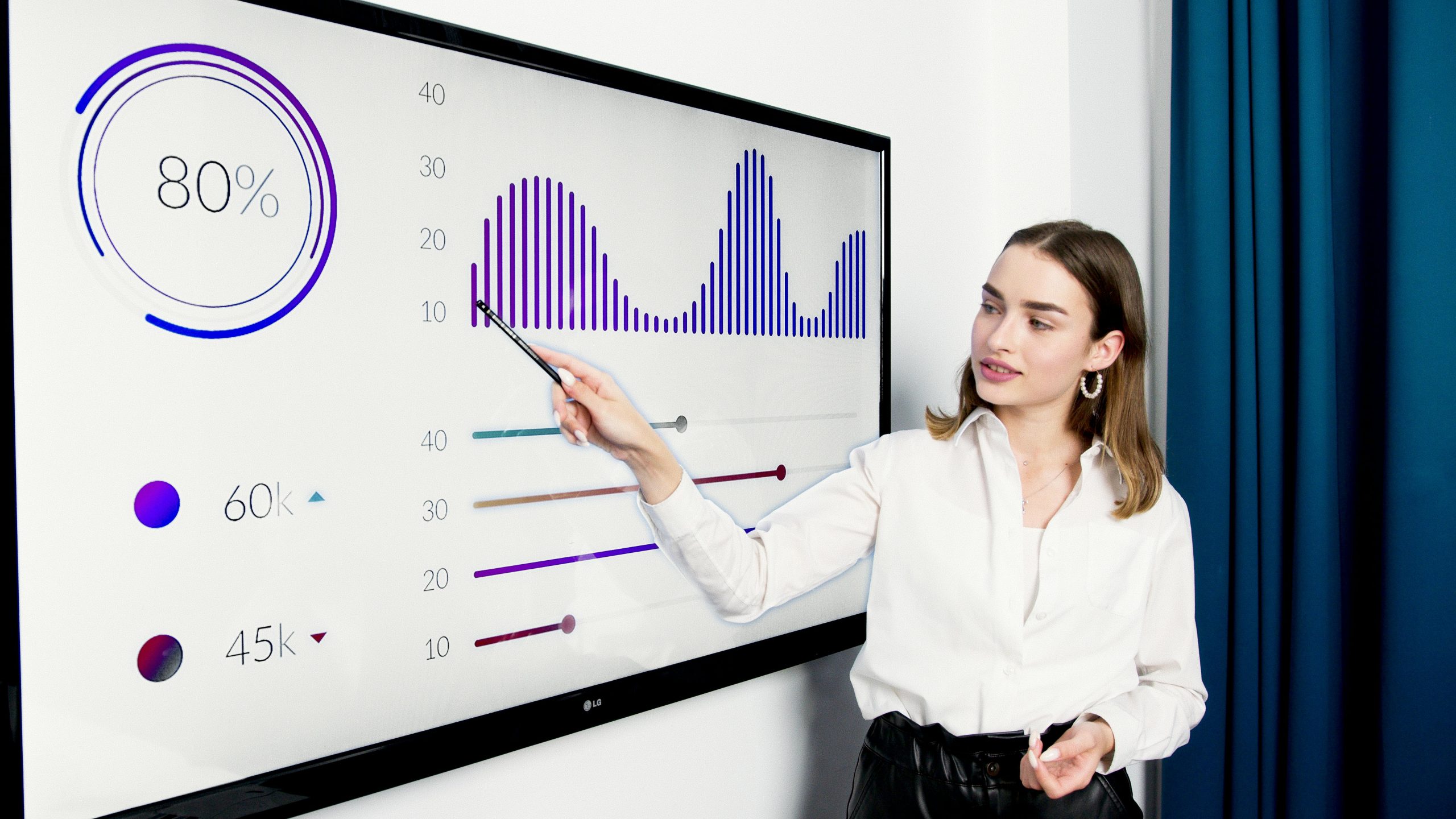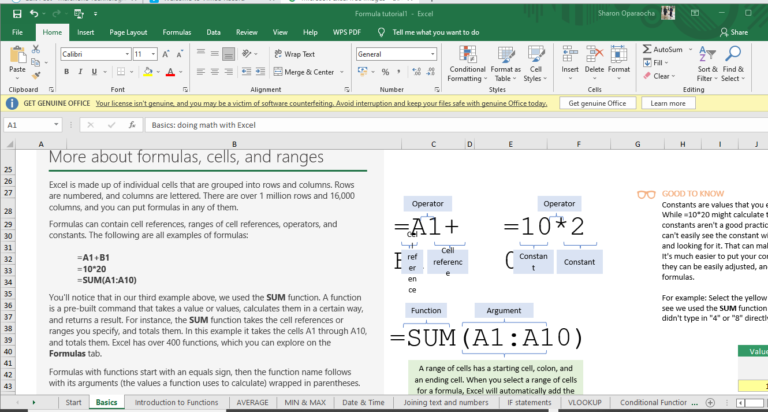In an era characterized by an abundance of data, the ability to interpret and derive insights from this data is paramount. Data visualization plays a critical role in this process, enabling the translation of complex data sets into comprehensible and actionable insights. This article explores the significance of data visualization in effective analysis, outlining its benefits, principles, tools, and applications.
Understanding Data Visualization
Data visualization is the graphical representation of information and data. By using visual elements like charts, graphs, and maps, data visualization tools provide an accessible way to see and understand trends, outliers, and patterns in data. It is a critical step in the data analysis process, as it helps in interpreting large volumes of data efficiently and effectively.
It’s Importance
- Simplification of Complex Data: Raw data can be overwhelming and challenging to interpret, especially when dealing with large datasets. Data visualization simplifies this complexity by converting data into visual formats that are easier to comprehend.
- Identification of Patterns and Trends: Visual representations of data allow analysts to quickly identify patterns, trends, and correlations that might not be apparent in text-based data. This capability is essential for making informed decisions.
- Enhanced Communication: It enables analysts to communicate findings to stakeholders in a clear and concise manner. Visuals are universally understood and can convey complex information quickly, making them ideal for presentations and reports.
- Facilitates Decision-Making: By providing a clear view of data, visualizations support data-driven decision-making. Decision-makers can quickly grasp the significance of data insights and take appropriate actions based on visualized data.
- Discovery of Insights: Visualization tools often reveal insights that might be missed with traditional analysis methods. This discovery process can lead to new hypotheses, further investigation, and deeper understanding.
Principles of Effective Data Visualization
To visualize data effectively, certain principles should be adhered to:
- Clarity and Simplicity: Visualizations should be clear and straightforward. Avoid unnecessary elements that do not contribute to the understanding of the data. The goal is to make the data easy to interpret at a glance.
- Appropriate Chart Selection: Different types of data and analysis require different types of visualizations. Selecting the appropriate chart type—such as bar charts, line graphs, pie charts, or scatter plots—is crucial for accurately conveying the data.
- Accurate Representation: Ensure that the visual representation of data is accurate and not misleading. This includes maintaining proper scales, proportions, and avoiding distortions.
- Consistent Design: Use consistent colors, fonts, and styles throughout your visualizations. This consistency helps viewers to focus on the data rather than the design.
- Emphasis on Key Data: Highlight the most important data points or trends to draw attention to critical insights. This can be achieved through color contrasts, annotations, or interactive elements.
- User-Centric Design: Consider the audience when designing visualizations. Tailor the complexity and detail level to the users’ knowledge and needs, ensuring that the visualization is both accessible and informative.
Tools
A variety of tools are available to assist with data visualization, ranging from simple to advanced. Some popular tools include:
- Microsoft Excel: Widely used for its accessibility and range of basic visualization options such as charts and graphs.
- Tableau: Known for its powerful and interactive visualizations, Tableau is favored for its ability to handle large datasets and create complex dashboards.
- Power BI: Microsoft’s analytics service provides robust visualization capabilities integrated with other Microsoft services.
- D3.js: A JavaScript library that enables the creation of custom and highly interactive web-based visualizations.
- Google Data Studio: A free tool that allows users to create interactive and shareable reports with data visualizations.
- QlikView: Offers a variety of visualization options and is known for its associative data indexing engine, which allows users to explore data intuitively.
Applications of Data Visualization
Data visualization is utilized across various fields and industries to enhance data analysis and interpretation:
- Business Intelligence: In the corporate world, data visualization is essential for business intelligence. It helps in tracking key performance indicators (KPIs), monitoring sales performance, and identifying market trends.
- Healthcare: Visualization tools are used to analyze patient data, track disease outbreaks, and improve healthcare delivery. They assist in identifying patterns and correlations that can lead to better patient outcomes.
- Finance: Financial analysts rely on data visualization to interpret market data, track economic indicators, and manage portfolios. Visualizations help in spotting trends and making investment decisions.
- Marketing: Marketing professionals use visualization to analyze consumer behavior, campaign performance, and market research data. This analysis aids in optimizing marketing strategies and targeting efforts.
- Scientific Research: In research, visual representation of data facilitates the exploration of complex datasets, helps in hypothesis testing, and presents findings in a comprehensible manner. It is crucial for interpreting experimental data and sharing results with the scientific community.
- Education: Educators use data visualization to present complex concepts to students, making learning more interactive and engaging. It also assists in analyzing educational data to improve teaching methods and student outcomes.
- Public Policy: Government agencies and policymakers use data visualization to analyze social and economic data, assess policy impacts, and communicate findings to the public.
Conclusion
Data visualization is an indispensable tool in the realm of data analysis. Its ability to simplify complex data, uncover hidden patterns, and facilitate effective communication makes it a cornerstone of modern data interpretation. By adhering to best practices and leveraging the right tools, analysts can harness the full potential of data visualization to drive informed decision-making and generate meaningful insights. As data continues to grow in volume and complexity, the role of data visualization in effective analysis will only become more critical, underscoring its importance in various fields and applications.


